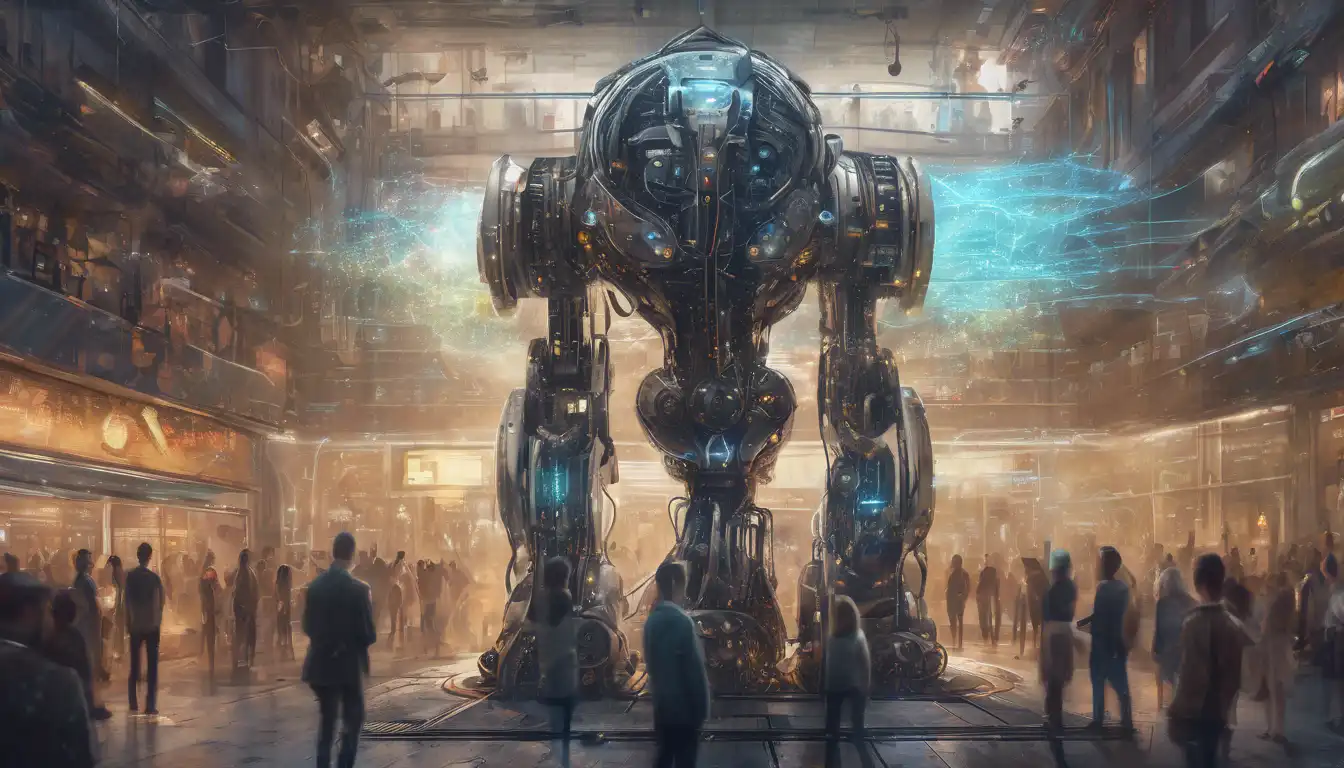Introduction to Machine Learning in Recommendations
Machine learning has revolutionized the way we interact with digital platforms, especially in the realm of personalized recommendations. From streaming services to e-commerce, machine learning algorithms are at the heart of suggesting what movie to watch next or which product to buy. This article delves into how machine learning powers these recommendation systems, making them more accurate and personalized than ever before.
Understanding Recommendation Systems
Recommendation systems are a subset of information filtering systems that predict the preferences or ratings a user would give to an item. These systems are primarily of two types: collaborative filtering and content-based filtering. Machine learning enhances these systems by analyzing vast amounts of data to identify patterns and preferences, thereby improving the accuracy of recommendations.
Collaborative Filtering
Collaborative filtering relies on the behavior of users to recommend items. It assumes that if users agreed in the past, they will agree in the future. Machine learning algorithms, such as matrix factorization, are used to predict user preferences based on historical data.
Content-Based Filtering
Content-based filtering, on the other hand, recommends items similar to those a user liked in the past. Machine learning techniques like natural language processing (NLP) and deep learning are employed to understand the content and context of items, enabling more nuanced recommendations.
The Impact of Machine Learning
Machine learning has significantly improved the efficiency and effectiveness of recommendation systems. By leveraging algorithms such as neural networks and decision trees, these systems can now handle complex datasets, including unstructured data like images and text, to provide highly personalized recommendations.
Personalization at Scale
One of the biggest advantages of machine learning in recommendation systems is the ability to personalize at scale. Whether it's suggesting a new book on an e-commerce platform or a song on a music streaming service, machine learning algorithms analyze individual user behavior to tailor recommendations uniquely for each user.
Overcoming the Cold Start Problem
Machine learning also helps in overcoming the cold start problem, where the system has insufficient information to make recommendations for new users or items. Techniques like transfer learning and hybrid recommendation systems combine collaborative and content-based filtering to provide meaningful recommendations from the get-go.
Future Trends
The future of recommendation systems lies in the advancement of machine learning technologies. With the rise of deep learning and reinforcement learning, recommendation systems are expected to become even more sophisticated, offering real-time, context-aware suggestions that could revolutionize user experiences across digital platforms.
Integration with Other Technologies
Emerging technologies like augmented reality (AR) and virtual reality (VR) are set to integrate with recommendation systems, providing immersive and interactive recommendation experiences. Machine learning will play a pivotal role in this integration, analyzing user interactions within these virtual environments to offer personalized suggestions.
Conclusion
Machine learning is the backbone of modern recommendation systems, enabling them to deliver personalized, accurate, and timely suggestions. As machine learning technologies continue to evolve, so too will the capabilities of recommendation systems, offering unprecedented levels of personalization and user engagement. The future of recommendations is bright, and machine learning is leading the way.
